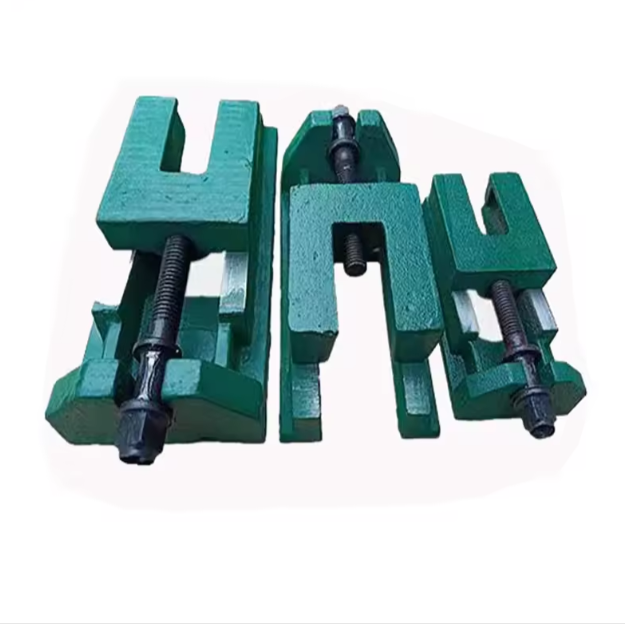Jul . 29, 2024 22:46 Back to list
Exploring Various Types of Directional Control Valves and Their Applications in Fluid Systems
Understanding Different Types of Directional Control Valves
Directional control valves are essential components in hydraulic and pneumatic systems. They play a crucial role in managing the flow of fluid within a system, allowing operators to control the movement of actuators, such as cylinders and motors. These valves can manipulate the direction of fluid flow, thereby influencing the function of various machinery. This article explores the different types of directional control valves, their functions, and applications.
1. Types of Directional Control Valves
Directional control valves can be classified based on their construction, actuation methods, and the number of ports and positions they have. The most common types include
- Spool Valves These are the most prevalent type of directional control valve. They consist of a cylindrical spool that moves within a housing. The spool's position determines the flow path of the hydraulic fluid. Spool valves can be either manually operated, electrically actuated, or hydraulically controlled.
- Poppet Valves Poppet valves use a plug or disc that seals against a seat to control fluid flow. When the poppet is lifted, fluid can flow in the desired direction. These valves are known for their tight sealing capabilities, making them ideal for low-flow applications.
- Rotary Valves Unlike spool and poppet valves that control flow through linear motion, rotary valves use a rotating element to direct fluid. These valves are commonly used in applications requiring compact design and high flow rates.
2. Actuation Methods
Directional control valves come with various actuation methods, including
- Manual Operated Valves These are controlled by hand using a lever or knob
. While simple and cost-effective, manual valves can be cumbersome in automated systems.- Electric Solenoid Valves These valves use an electric solenoid to move the valve’s spool or poppet. They provide quick response times and are often used in automated systems where electronic controls are utilized.
different types of directional control valve

- Pneumatic Actuated Valves These use pneumatic pressure to operate the valve mechanism. Pneumatic control offers fast actuation and is commonly found in applications like robotics, where rapid movement is required.
- Hydraulic Actuated Valves Similar to pneumatic actuated valves, these utilize hydraulic pressure for operation. They are typically employed in high-power applications where large forces are necessary.
3. Port and Position Configurations
The configuration of directional control valves is crucial for their functionality. The most common configurations include
- 2-Way Valves These valves have two ports and are used to stop or allow flow. They can be normally closed or normally open.
- 3-Way Valves With three ports, these valves can control the flow of fluid to two different outputs. They are often used in simple cylinder applications.
- 4-Way Valves These have four ports and are used to control single-acting or double-acting cylinders. This type of valve allows control over two directions of flow, facilitating forward and reverse motion.
4. Applications of Directional Control Valves
Directional control valves have diverse applications across various industries. In manufacturing, they are used to control hydraulic presses, conveyors, and robotics. In the automotive sector, these valves play a critical role in power steering systems and automatic transmissions. Furthermore, they are essential in construction equipment such as excavators and forklifts.
Conclusion
Directional control valves are fundamental in steering the flow of liquid or gas in mechanical systems. Understanding the different types of these valves, including their actuation methods and configurations, enables engineers and operators to choose the right valve for their specific applications. With advancements in technology, the functionality and efficiency of directional control valves continue to improve, making them integral to the design and operation of modern hydraulic and pneumatic systems.
-
Water Valve Gate Design Prevents Leakage and CorrosionNewsJul.11,2025
-
Steel Fab Table Features Reinforced Construction for LongevityNewsJul.11,2025
-
Specialized Valve Designs for High Pressure SystemsNewsJul.11,2025
-
Machinist Gauge Pins Feature Ground and Lapped FinishesNewsJul.11,2025
-
Hose Check Valve Prevents Backflow in Irrigation LinesNewsJul.11,2025
-
Durable Micrometer Tools Withstand Heavy Workshop UseNewsJul.11,2025
Related PRODUCTS









